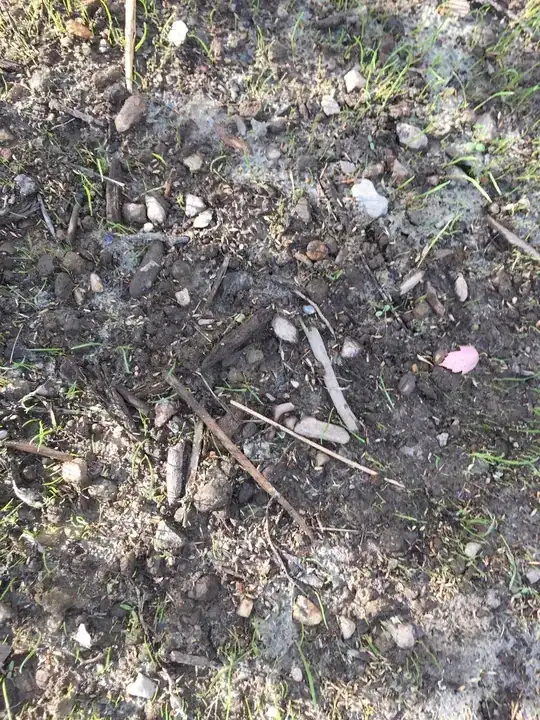Six years ago a 1"-DBH maple (believed to be a Norway maple cultivar) was planted at an institution to commemorate an event. This is in zone 5 in central NY, which has been experiencing moderate drought this summer. Someone noticed the trees' leaves looking weak or diseased. Can you tell what are these indicators of and what intervention might be needed, if any, to keep this tree growing happily?
This was planted in a level, well-drained area in full-sun, into a mowed grass lawn. It has otherwise grown well and not had problems. I will double check but I think the area is not particularly wet, which may be part of the issue here for this maple. A local nursery recommended this tree for the location, however.
My take is that the leaves are curling due to drought, and the leaves are patchy due to normal pest activity. If anything, the tree could use more water during dry spells, but it does not really need intervention (just monitoring since we will likely have more frequent dry times ahead).


